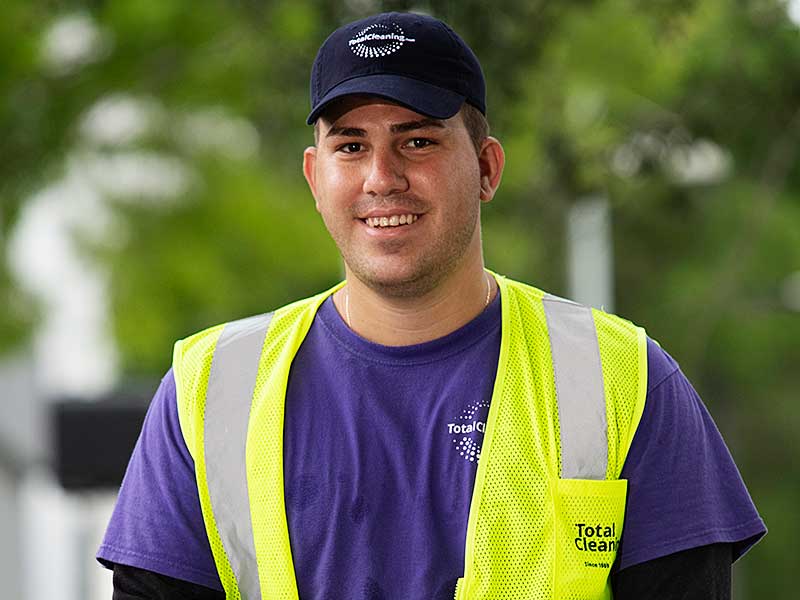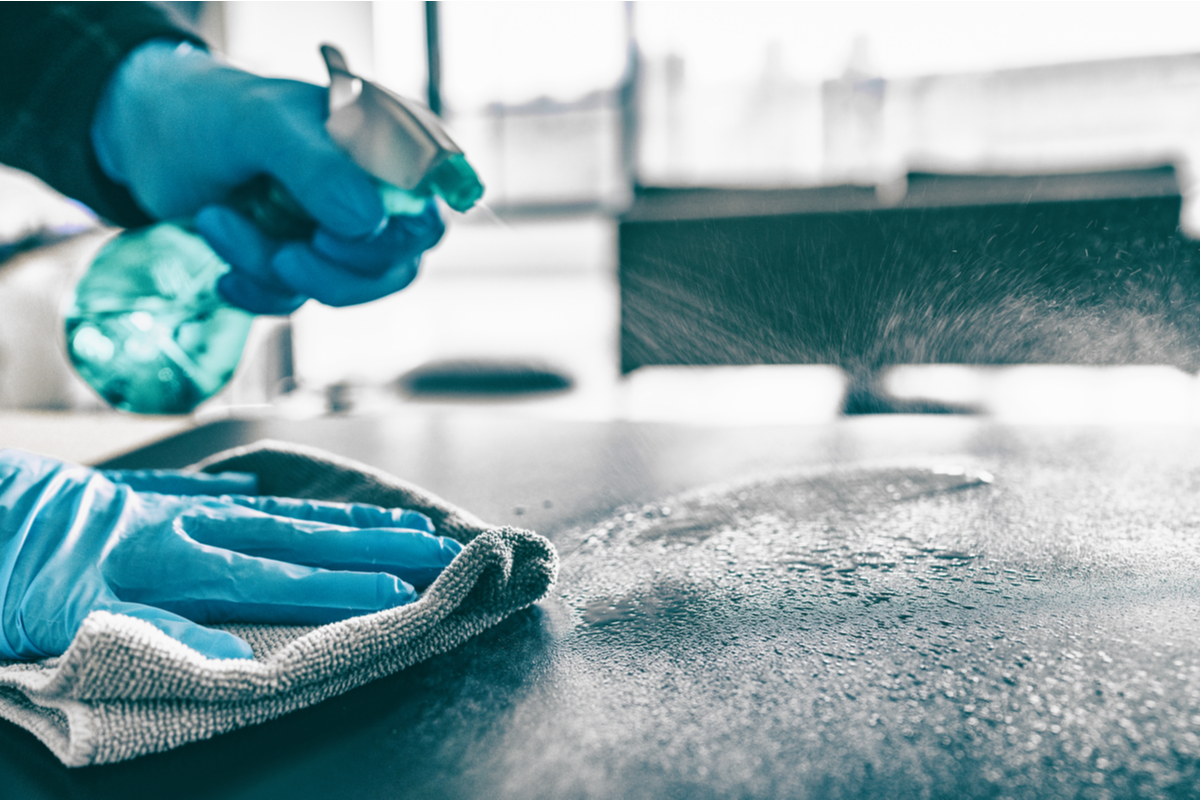Most of us do our best to stay healthy and avoid spreading germs. We wash our hands, sneeze into our elbows, and typically stay home when we feel bad. But what happens when particulates end up on door handles, phones, the coffee table or a colleague’s desk? How long do the pathogens remain viable, and what risks do they pose?
Viruses and bacteria can live on surfaces from hours to months and still be active. The best line of defense against spreading these diseases is regular cleaning and disinfection–especially in places with high traffic volumes.
At-risk businesses such as schools and large offices should employ advanced hygiene tactics beyond soap, water, and sanitizer stations. Medical facilities must go even further by engaging environmental service (EVS) experts with the latest cleaning technology to protect their patients and staff.
Here’s what at-risk businesses need to know about the importance of surface cleaning:
How Germs Spread on Surfaces
Most viruses that cause colds and the flu only survive on our hands for a short time. However, scientists have found that many potentially infectious bacteria, viruses, yeasts, and molds can live on surfaces for extended periods.
Case reports indicate that diseases such as SARS-CoV-2, which causes COVID-19, can spread when someone touches a surface that an infected person recently coughed or sneezed on and then touches their mouth, nose, or eyes. Cold, flu, and other related viruses can remain infectious for several hours to days or months, depending on where the droplets fall.
Some pathogens are better suited for transmission on surfaces than others. The viral load, the temperature and humidity of the environment also determine how long pathogens stay active outside the body.
- The Parainfluenza virus, which causes croup in children, survives up to 10 hours on hard surfaces and four hours on soft surfaces.
- Infectious flu viruses can survive on hard surfaces for 24 hours.
- The most common pathogens, including viruses, fungal parasites, and bacteria that cause stomach bugs, last even longer, with studies showing they can persist on surfaces for months.
Businesses Most at Risk
Schools, colleges, and gyms
Places where people share facilities to eat, shower, and exercise are prime locations for germs to spread on surfaces. Shared shower areas and restrooms at pools, gyms, and dorms provide the required moist environments to breed fungal infections like Athlete’s foot, along with wart viruses, HPV, and MRSA, a severe condition that causes skin abscesses.
Areas ripe for spreading virus particles include:
- Cafeterias and dining halls
- Locker rooms
- Athletic equipment
- Playgrounds
Hospitals and healthcare facilities
Surface contamination is a serious issue in healthcare settings where people who carry germs gather in close quarters.
Healthcare surfaces, especially at risk, include:
- Patient care areas, such as bed rails, medical equipment, countertops, and tables
- Wet surfaces and moist environments, such as faucets, sinks, and ventilators
- Medical devices, such as catheters and IV lines
- Fabrics, such as hospital sheets, towels, and gowns
Office buildings
Millions of people abandoned their offices during the pandemic because they became prime sites for spreading viruses and bacteria. If even a single surface is compromised, a virus can infect most of the workplace quickly. A study from the American Society for Microbiology found that a virus sample on one doorknob could be detected on up to 60% of workers, visitors, and commonly touched objects within two to four hours.
The Kind of Surface Matters
Different materials hold onto pathogens for varying periods. A federal study on SARS-CoV-2 is a prime example of that fact.
Covid lasts on:
- Stainless-steel surfaces for up to 72 hours
- Cardboard for up to 24 hours
- Copper for up to 4 hours
Viruses generally stay active longer on hard, non-porous surfaces, such as stainless steel and plastic, than they do on porous, soft surfaces, such as fabric and carpets. According to the Mayo Clinic, we can still detect them after days or weeks on hard surfaces. However, viruses generally become inactive within minutes to hours on soft surfaces.
The type of fabric material also plays a role. One study examining industrial facilities, stables, and homes found that natural fabrics, like wool and cotton, are more likely to contain larger amounts of bacteria and fungi than silk and synthetic materials.
The Number of People Who Touch It Matters
Surfaces primed by skin oils and environmental gunk are more likely to transmit pathogens. (Yes, we’re talking about your cellphone.) That means the more people who touch a surface, the higher the risk of contamination. Places and objects with the highest concentration of germs include:
- Refrigerators
- Work tables and desks
- Doorknobs
- Drawer and door handles
- Sinks and faucet handles
- Push-out exit doors
- Coffee pots
Most of these commonly touched surfaces are plastic or metal, which means they can harbor virus particles for an extended period of time. Patterns of circulating viruses often trace back to places where large volumes of people interact with the same objects.
Frequent Disinfection Matters
Pathogens like bacteria, viruses, and fungal parasites can survive on surfaces for days and months, continually putting businesses at risk that don’t make a point to frequently disinfect. It only takes one contaminated surface to cause a cold or flu outbreak that significantly reduces productivity while harming human health.
The CDC advises routinely cleaning high-touch areas at least once a day. However, the effectiveness depends on the types of solutions used, the procedure, and the performance of the cleaning crew. Medical facilities, schools, and businesses should seek to hire a commercial cleaning company to ensure employees, patients, students, and visitors stay safe and healthy.
The Importance of EVS
Cleanliness is such a critical factor for doctors and hospitals who must keep their patients safe. If surgical rooms or medical equipment aren’t sanitized properly, it can lead to infections that jeopardize people’s lives and put the organizations at legal risk. The CDC estimates that 1 in 31 hospital patients in the U.S. will develop a hospital-related infection on any given day, with direct medical costs of a staggering $28.4 billion each year.
Nurses, doctors, and medical staff deal with significant stress in their line of work, and they shouldn’t have to worry about whether their equipment or buildings have been properly disinfected. Medical cleaning procedures are more intense because sick patients require the highest level of protection.
Environmental services (EVS) technicians utilize the latest technology to thoroughly disinfect high-touch surfaces multiple times every day, even hourly. These cleaning professionals are:
- Up-to-date on the latest healthcare compliance protocols
- Trained to handle biohazardous materials
- Experienced with EPA-approved and hospital-grade broad-spectrum disinfectants
- Hired by professional organizations that are typically insured up to $2 million for each incident
The EVS cleaning technicians at Total Cleaning also regularly perform mock audits to ensure medical clients pass inspections and avoid fines from organizations like JACO, the Florida Department of Health, and OSHA. Their expertise provides financial peace of mind along with the best defense against viral and bacterial outbreaks caused by contaminated surfaces.
————–
Total Cleaning employs more than 500 team members with the experience and training to clean all surfaces properly and the technology to monitor and assess results in real-time. It only takes a few minutes to request an on-site risk assessment at no cost to you.



